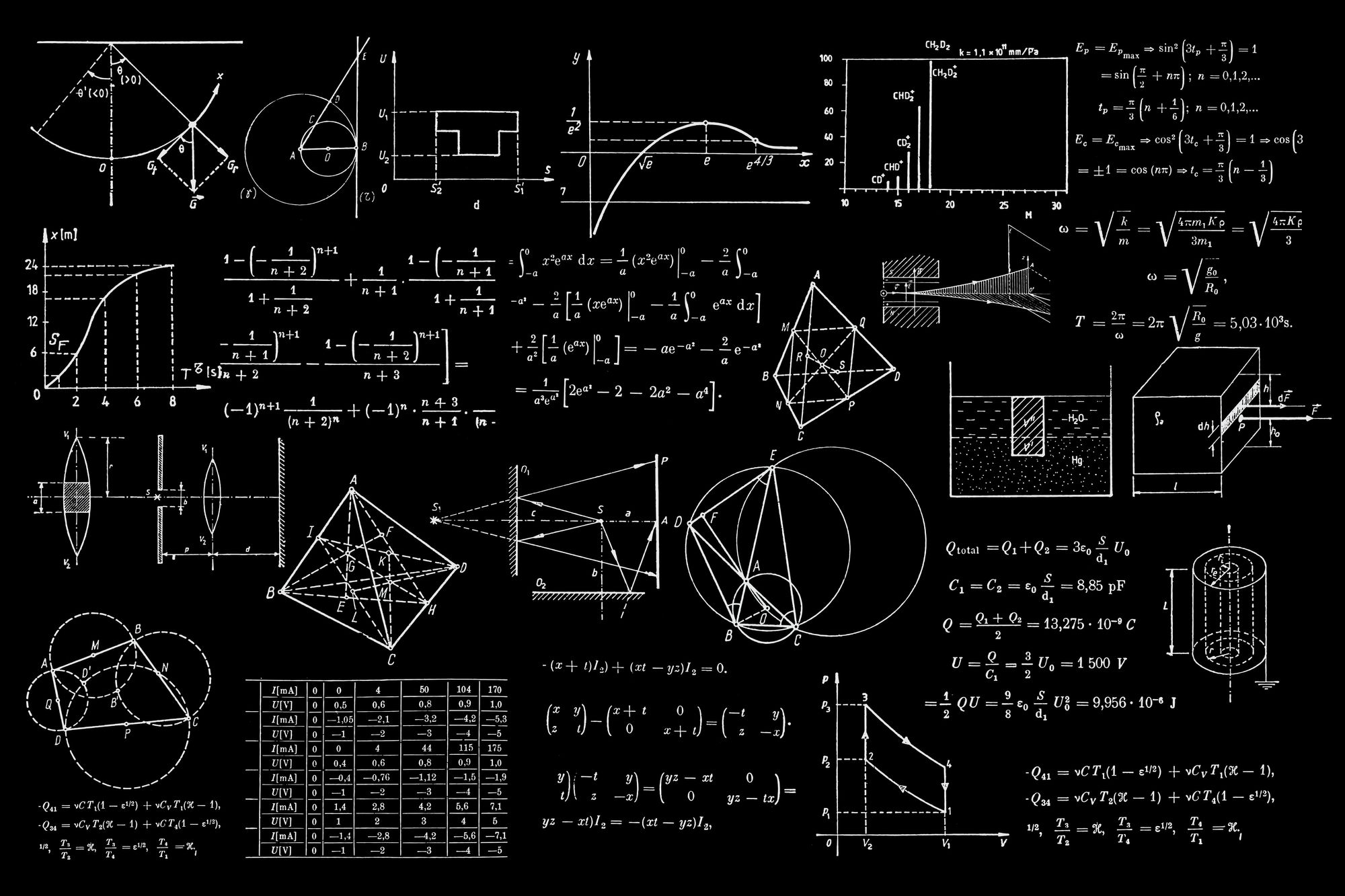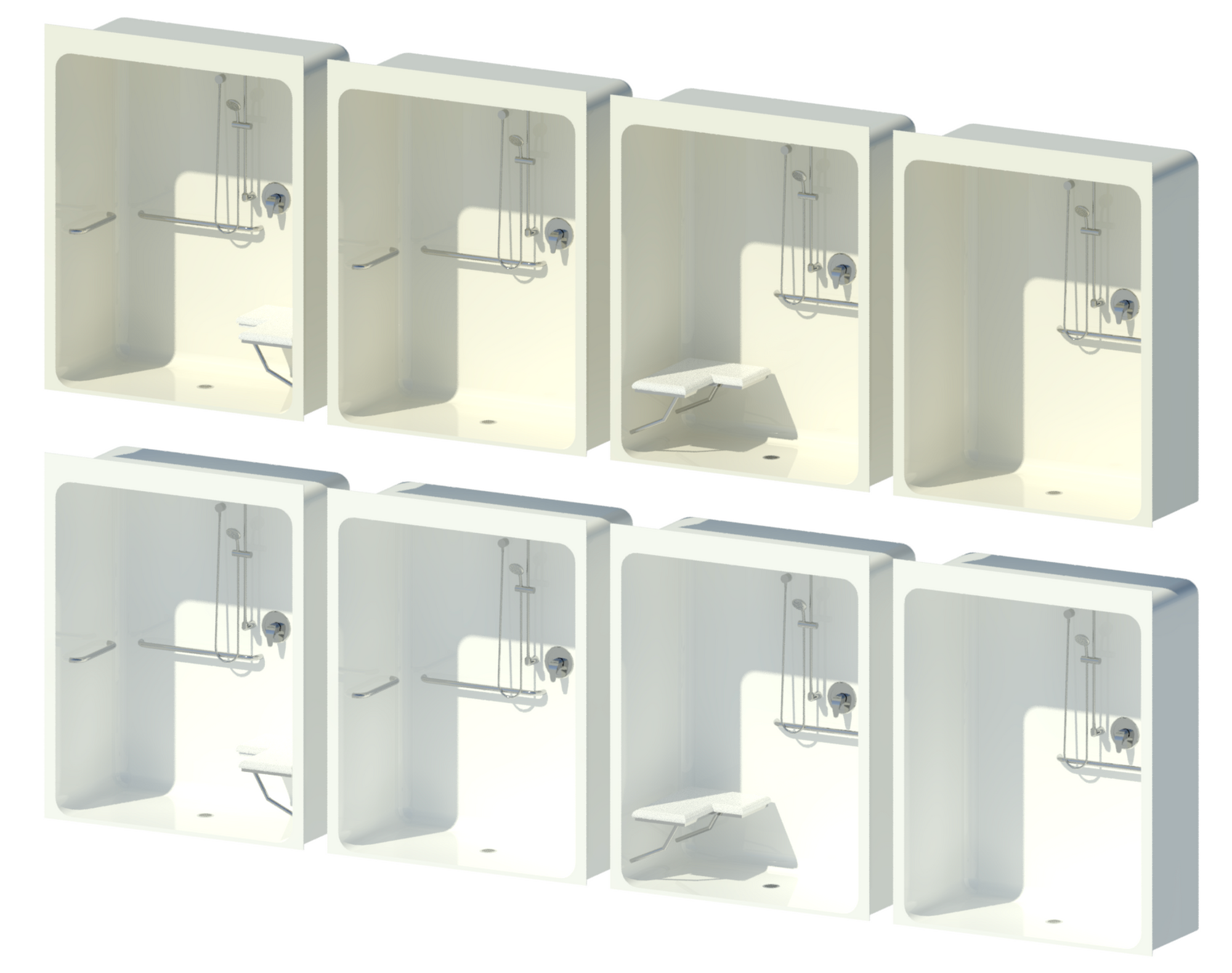
Principles of Effective Revit Content Management
If you’re responsible for managing a team’s Revit content, it’s important to have a robust and effective content management system in place.
However, it can be difficult to get one set up, and sometimes it can feel like you’re fighting a losing battle, especially when you’re stretched for time and resources.
Following my talk at the BIM Coordinators Summit, I want to share some of the key aspects I believe you should focus on for implementing an effective content management system.
What we mean by “effective”
Before we get into the steps you can take to build an effective content management system, let’s first consider what such a system should look like.
An effective content management system:
- Helps users find the right content quickly. Content discovery sits at the heart of a good content management system and is absolutely essential to get right.
- Maximizes the value of content. A good system will help ensure that the right content is used consistently across as many projects as possible. It will help you avoid wasting time recreating or fixing the same content multiple times.
- Doesn’t take up a lot of resources. Content management systems should be there to provide value, not to drain time or budget.
- Facilitates continuous improvement. It should help you identify opportunities to improve your team’s content, with features to make sure that improvement continues over time.
- Is reliable and sustainable. It’s important to trust that the content management system you use will be able to keep up with evolving IT and Revit requirements.
So, how do you get there? Here are 8 things to make sure you get right.
1. Get a dedicated tool
If you want to build an effective content management system, you need to use a dedicated tool. This should be put in place as soon as possible to help you with everything else. Think of it as an investment rather than an expense.
2. Keep it simple and easy
For team members to routinely use a content management system, it helps if it’s easy to use and doesn’t demand a lot of effort to learn. If you go for a system that offers a ton of features but is complicated, it will feel overwhelming and cumbersome to most people, which means they won’t use it. Adoption is vital, so try to find a content management tool that does the key things you need as simply and easily as possible to ensure that it’s widely used across your team.
3. Don't wait until your library is ready
Firms are often under the impression that a content management system should come after they’ve finished building their library. In some ways it makes sense that you want to have content ready before rolling out a tool to get it to team members.
But the reality is that a content library will always be a work in progress. You may think it will only take a couple of months to get your library ready, but this can easily turn into 6 months, then a year. In the meantime, your team is stuck working the old way, and you’re stuck without a content management system.
A good content management system will help you build your library and get it ready for use, and will help your team save time even if they’re working with imperfect content.
4. Leverage existing sources of content
Even if you don’t yet have a library or dedicated content management system, your team has still found ways to work in Revit and deliver projects. They may be using content that they’ve created themselves, shared among colleagues or downloaded from manufacturers or elsewhere.
An effective content management system will offer ways to gather content from your team and past projects. There could well be some gems in there. And even if you decide not to use that content, it will help you see what your team needs and shape your library to best serve them and the projects they work on.
5. Have dedicated spaces for non-standard content
Inevitably there will be times when you need to deal with content that needs to be segregated from your main library.
Scenarios could include:
- Project-specific content
- Client content
- Content that’s in development
- Content that’s been submitted by your team
- Content from manufacturers or other third parties
If you put this content in your main library, it can be tricky to tell it apart from content that’s approved for general use, and you run the risk of it being used where it shouldn’t. At the same time, keeping this content outside of your content management system will make it more difficult and time-consuming to manage and use.
An effective content management system will provide you with a way of handling these types of content within the system but outside of your main library.
6. Use clear and natural naming
How you name your content is important. When you’re used to managing Revit content through shared network drives, file and folder names are the only ways to communicate what something is. This often leads to a proliferation of acronyms, codes, and long and complex file names that risk becoming gibberish if people aren’t trained or up-to-date with your naming convention.
A dedicated content management tool should let you search and categorize content so that you no longer need to squeeze every piece of important information into the file name. Instead, you can be more clear and natural in the way you name your content. This will help your team quickly and reliably understand what they’re looking at, while also giving them the option to use additional data, like parameters, to get more specific about the content they want to use.
7. Prioritize searchability over classification
Thinking back to managing content on network drives, you need a carefully crafted folder structure to classify content, help people track it down and figure out what they’re looking at.
But in an ideal world, you want your content to be as searchable as possible. This is because not everybody thinks about content the same way. People may use very different methods for identifying what they need or may simply make the wrong choice when navigating through a classification hierarchy.
A dedicated content management tool should be searchable enough to make your content accessible to your whole team regardless of the methods and criteria they use to find it.
8. Keep track of what's being used
Building an effective content library requires visibility into how the content you have is actually being used in your projects. Otherwise how do you know which content is proving to be most valuable, which content still needs work or what else is missing?
You want to be able to see which content is being used the most, which projects it’s being used in, and where and how it’s being modified. Insights like these are critical for continuously improving your library. An effective content management system will help you to connect the dots between content, projects and team.
While the above list may not be exhaustive, I do believe these principles provide an essential foundation for effective Revit content management. Without them, it’s hard to get a lot of value from your content over the long run.
On the other hand, if you can get these eight things right, you’ll be well on your way to helping you and your team get the most out of your Revit content library.



